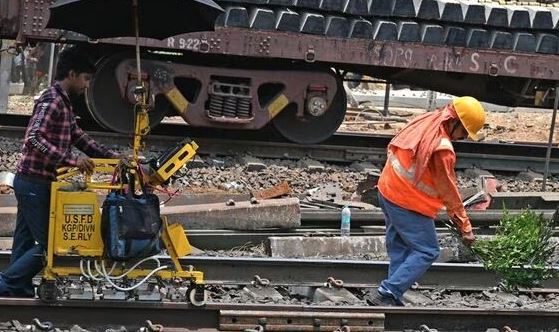Five days after an accident in Odisha’s Balasore left 288 people dead, around 100 km away in Jajpur, six labourers were killed and two others injured after being run over by a goods train on Wednesday, news agency PTI reported. According to the report, the labourers had taken shelter from heavy rain under the goods train when it started rolling.
“There was a sudden thunderstorm. The labourers were working at a railway siding where a goods train was standing stationary. They sheltered under it but unfortunately, the goods train which did not have an engine attached to it started moving causing the accident,” said a railway spokesperson.
Chief Minister Naveen Patnaik expressed deep grief over the death of the labourers engaged in railway work and announced an ex-gratia of Rs 5 lakh from the CM’s relief fund for the next of kin of the deceased. He also ordered to provide proper treatment to the two people injured in this accident.
On June 2, the devastating three-train crash occurred at 7 pm, when the Coromandel Express collided with a stationary goods train, resulting in the derailment of several coaches. During the incident, a few coaches of the Coromandel Express toppled over the rear coaches of the Bengaluru-Howrah Express, which happened to be passing by simultaneously.
Meanwhile, Coromandel Express undertook its first journey to Chennai from West Bengal’s Shalimar station on Wednesday. Other train services have resumed on the repaired tracks, and are running normally. “Services on both tracks have been restored. Normal train services on both lines have now been restored, 51 hours after the accident,” said Union Minister for Railways Ashwini Vaishnaw.
It is to be noted that in the aftermath of the Balasore triple train crash, three agencies, namely the CBI, Commissioner of Railway Safety (CRS), and Government Railway Police of Balasore, have initiated an investigation.
Vaishnaw, on Sunday, said the accident occurred due to a “change in electronic interlocking”.
Electronic interlocking is an arrangement of signal apparatus that prevents conflicting movements between trains through an arrangement of tracks. It is basically a safety measure to prevent signals from being changed in improper sequence. The aim of this system is that no train gets the signal to proceed unless the route is proven safe.





